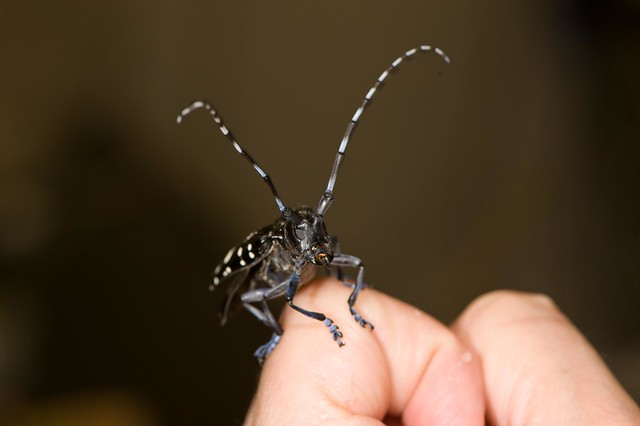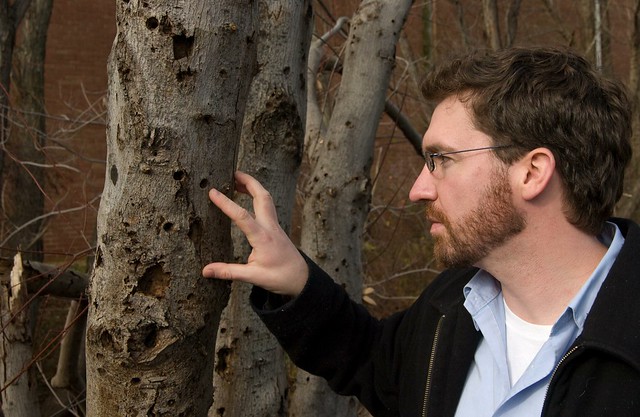
Did you know that USDA has declared August as Tree Check Month? That’s because August is the peak time of year to spot the Asian longhorned beetle (ALB)—an invasive wood-boring beetle that attacks 12 types of hardwood trees in North America, such as maples, elms, horse chestnuts, birches and willows. Checking trees for the beetle and the damage it causes is one way residents can protect their own trees and help USDA’s efforts to eliminate this pest from the United States.
If you’re like me, you’ve probably relaxed in your yard or a park and enjoyed the beautiful trees, the peace and quiet, wildlife running about, and the fresh air. In these moments, it seems like all is well. But sometimes, nothing could be further from the truth.
Former President Abraham Lincoln was widely known for telling stories to make a point. In one well-known tale, he talked about a farmer’s very large, stately shade tree that towered next to his house. As the story goes, the farmer was working in his garden and noticed a squirrel running up the tree and into a hole. When the farmer checked it out, he discovered that his stately tree was hollow from top to bottom. He was devastated. If he cut it down, it could cause great damage because of its size. If he let it stand, his family would be in constant danger of it falling on their house. As he walked away, the farmer wished he hadn’t seen the squirrel.
We find ourselves in a similar situation today with the Asian longhorned beetle. This insect feeds inside tree trunks and branches during the colder months. Then it chews its way out as an adult in the warmer months. Infested trees do not recover and eventually die. They can become safety hazards as branches drop and trees can fall over, especially during storms.
That’s why it’s so important to check your trees. Recently, an alert homeowner in South Carolina noticed a dead Asian longhorned beetle on her property and reported it to the state officials. This report lead to the discovery of a new infestation. This homeowner is a hero. Her action is now helping USDA save trees that could have been attacked by this beetle.
So, I urge you to check your trees. While you may not always like what you find, your action may help USDA detect a harmful invasive pest before it’s too late. Like the farmer in Lincoln’s story, you may wish you had never seen that squirrel, but all of us will be thankful you did and acted because of it.
To learn more about the Asian longhorned beetle or to report sightings of the beetle and the damage it causes, visit www.asianlonghornedbeetle.com.






修改评论